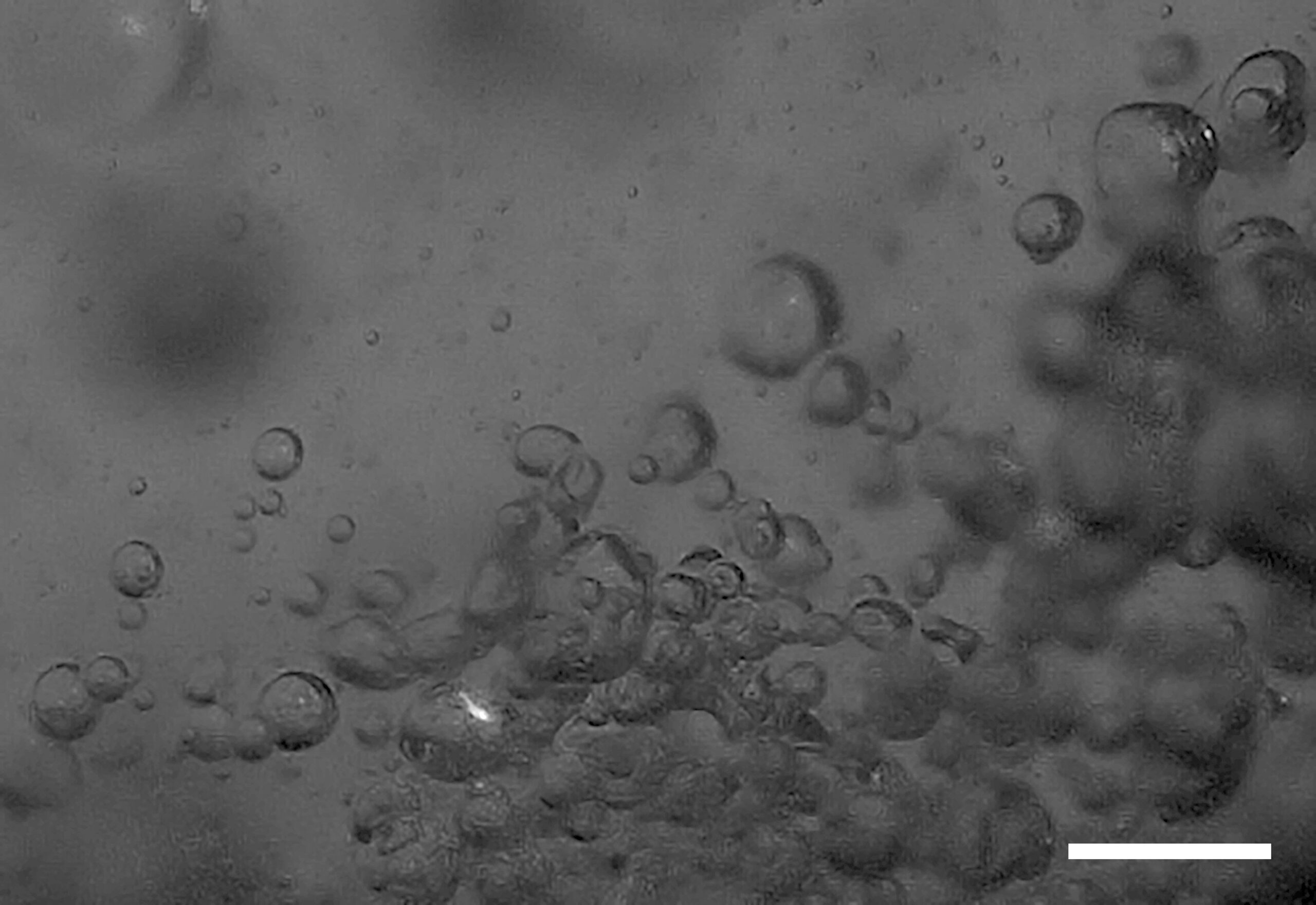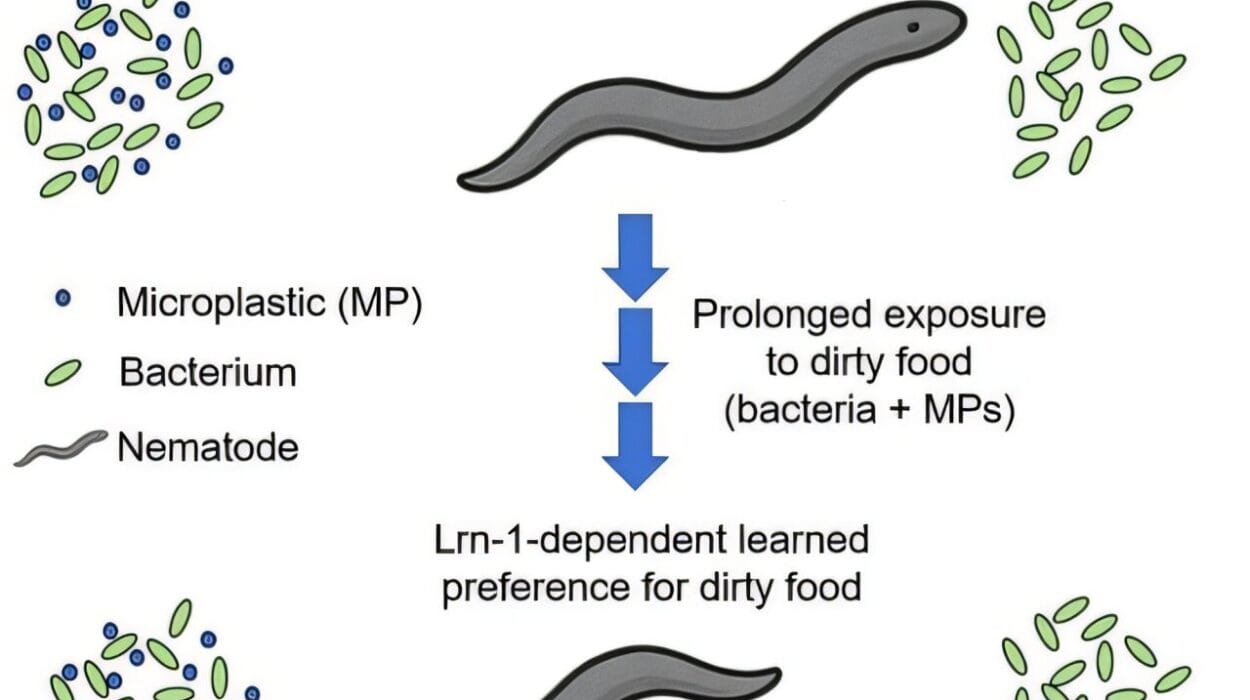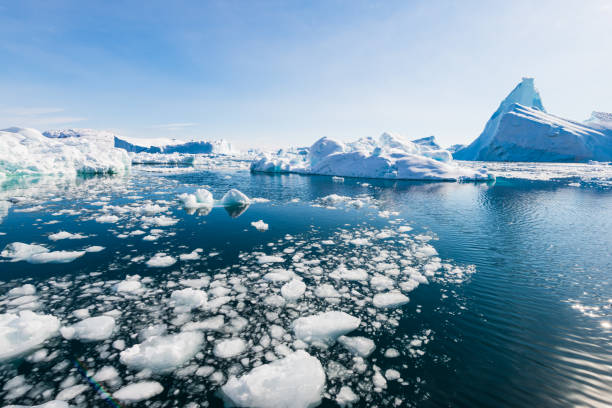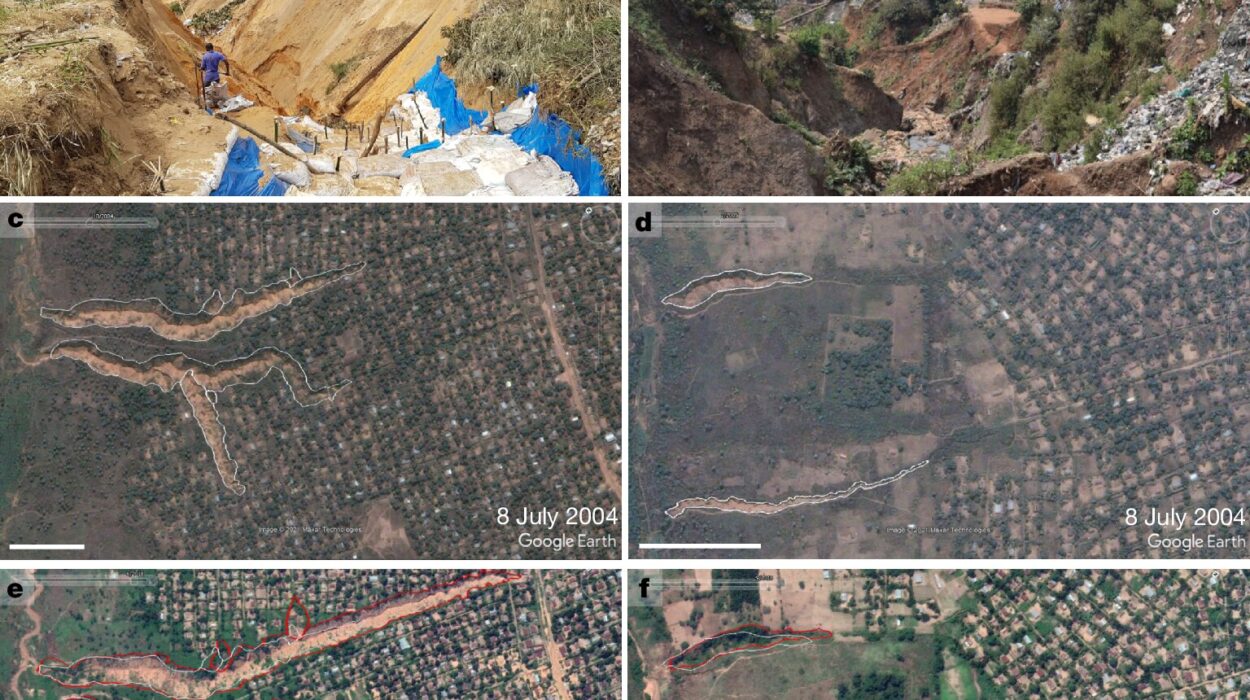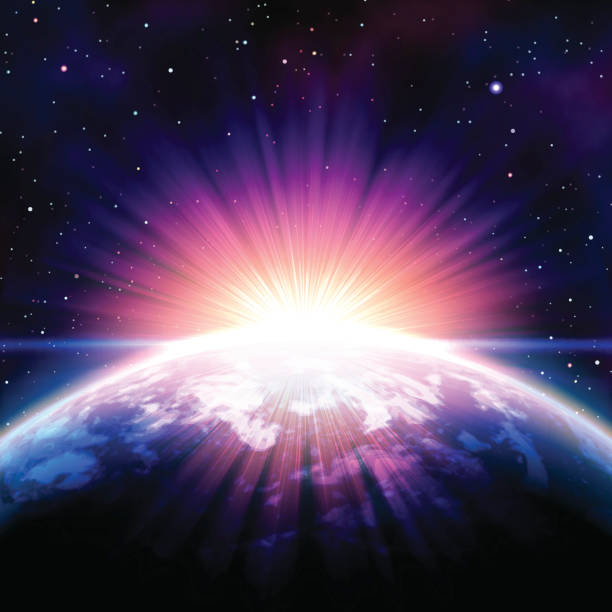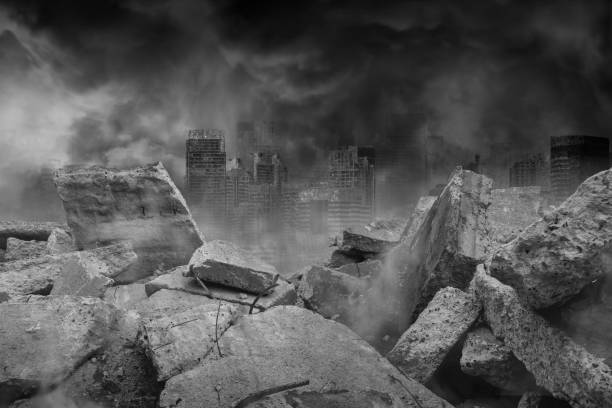For centuries, travelers wandering through marshes, wetlands, or misty graveyards have reported eerie blue flames drifting in the dark. These ghostly lights, known as will-o’-the-wisps or ignis fatuus (“foolish fire”), have inspired fear, wonder, and folklore across cultures. Some saw them as mischievous spirits leading wanderers astray, while others believed they were omens of death or the souls of the departed.
The legends grew because the phenomenon was so elusive—glimpsed in the wild, fleeting, unpredictable, and resistant to explanation. Unlike lightning or rainbows, which scientists eventually explained with clear physics, will-o’-the-wisps remained shrouded in mystery.
But now, thanks to a breakthrough study, science may finally be catching up to folklore.
The Methane Mystery
The most widely accepted scientific idea has long been that will-o’-the-wisps arise from methane, a flammable gas produced when organic matter decays underground in wetlands or bogs. Methane can seep upward, forming bubbles that escape into the air. Since methane can burn with a faint bluish flame, the connection to glowing marsh lights seemed obvious.
Yet there was always a problem: methane does not spontaneously ignite under normal conditions. At ambient temperatures, it requires a spark or flame. No natural process had been identified that could reliably ignite methane in a swamp, raising doubts about whether methane alone could explain the phenomenon.
This puzzle kept the phenomenon straddling the line between science and myth. The stories persisted, but the mechanism was missing.
Microlightning: A Spark in the Dark
That gap may now have an answer, thanks to the work of Richard Zare and his research group at Stanford University. Their earlier experiments showed that when tiny water droplets carrying opposite electrical charges came close to one another, they discharged energy in the form of faint flashes of light—something like miniature lightning.
In their new study, published in the Proceedings of the National Academy of Sciences, Zare’s team applied this idea to the mystery of will-o’-the-wisps. If microdroplets can produce electrical discharges, could the same effect occur when methane bubbles interact in a natural wetland environment? And could those sparks ignite the methane?
To test this, the scientists created methane–air microbubbles in water and observed their behavior with high-speed imaging and sensitive light-detecting equipment. What they found was remarkable. Between these microbubbles, flashes of light appeared—tiny bursts of energy strong enough to initiate the oxidation of methane, producing both heat and luminescence at room temperature.
In other words, microlightning might provide the missing spark.
A Folklore Mystery Meets Modern Science
This discovery does not prove beyond all doubt that every will-o’-the-wisp is caused by microlightning in bubbling methane. Nature is complex, and wetlands are messy environments with many variables at play. But the experiments provide the first plausible, testable mechanism that explains both the appearance of light and the conditions under which it might naturally occur.
Instead of wandering souls or mischievous fairies, the flickering marsh lights may be nature’s own tiny electrical storms.
Why It Matters Beyond Folklore
On the surface, solving the mystery of will-o’-the-wisps may seem like little more than satisfying curiosity. Yet the implications are deeper. Zare’s work highlights how naturally occurring electrical discharges at microinterfaces can drive chemical reactions without the need for external ignition sources.
This insight helps scientists understand not only folklore but also environmental processes. Wetlands, oceans, and soils are filled with microdroplets and bubbles where similar discharges may occur, potentially influencing chemistry in ways we had not imagined. Such microlightning events could play roles in atmospheric reactions, pollution breakdown, or even prebiotic chemistry—the kind of reactions that helped spark life itself.
A Bridge Between Wonder and Knowledge
There is something poetic in this discovery. For centuries, humans told stories of mysterious lights leading wanderers astray in the night. Those tales reflected awe, fear, and imagination—human attempts to explain the unexplainable. Now, science steps in, not to erase the wonder, but to deepen it.
The will-o’-the-wisp remains mysterious and enchanting, but now we can see it not as a ghostly trick, but as the dance of physics and chemistry in the dark, a natural poetry written in sparks and flame.
The Continuing Quest
Much remains to be explored. How often do these microlightning events occur in the wild? Do they happen in marshes worldwide, or only under special conditions? Can they account for every report of ignis fatuus, or just some?
Future studies will test the scale and frequency of these events, turning speculation into knowledge. As scientists pursue these answers, we find ourselves once again at the intersection of myth and science—where human imagination meets nature’s secrets.
The will-o’-the-wisp may no longer belong solely to folklore, but its story reminds us of why we look for answers at all. When strange lights flicker in the night, we wonder. And from that wonder, both legends and science are born.
More information: Yu Xia et al, Unveiling ignis fatuus: Microlightning between microbubbles, Proceedings of the National Academy of Sciences (2025). DOI: 10.1073/pnas.2521255122
